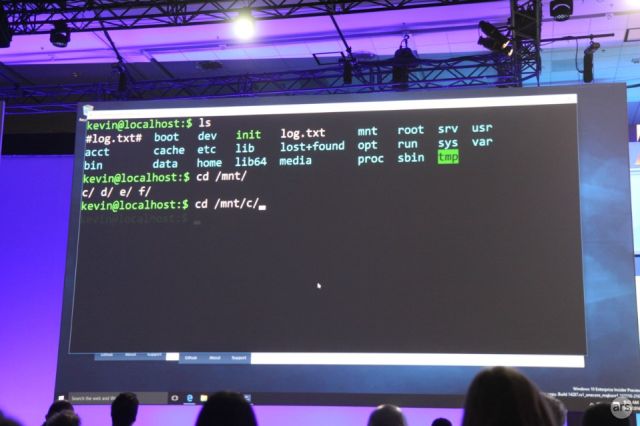
It's bash, it's Windows, it's not a virtual machine.
Perhaps the biggest surprise to come from Microsoft's Build developer conference last week was the Windows Subsystem for Linux (WSL).
The system will ship as part of this summer's Anniversary Update for Windows 10. WSL has two parts; there's the core subsystem, which is already included in Insider Preview builds of the operating system, and then a package of software that Canonical will provide. The core subsystem is what provides the Linux API on Windows, including the ability to natively load Linux executables and libraries. Canonical will provide bash and all the other command-line tools that are expected in a Linux environment.
Microsoft is positioning WSL strictly as a tool for developers, with a particular view to supporting Web developers and the open source software stacks that they depend on. Many developers are very familiar with the bash shell, with building software using make and gcc, and editing text in vi or emacs. WSL will give these developers versions of these tools that are equal in just about every regard to the ones you get on Linux, because they'll be the ones you get on Linux running unmodified on Windows.
Read 22 remaining paragraphs | Comments
No comments:
Post a Comment